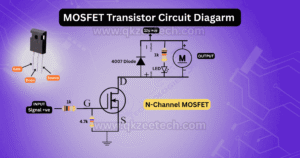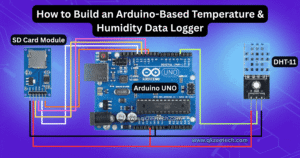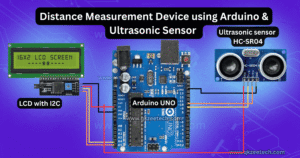How to Control a Stepper Motor with Arduino: Ultimate Guide for Beginners
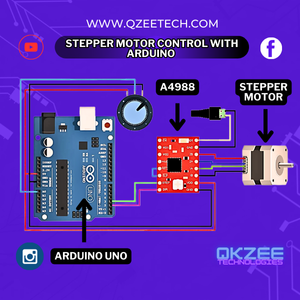
Introduction
What is Stepper Motor?
Stepper motors are widely used in robotics, CNC machines, and automation projects. They offer precise control over position and speed, making them an excellent choice for Arduino enthusiasts. In this guide, we’ll cover everything you need to know about controlling a stepper motor with Arduino.
Types of Stepper Motors
Stepper motors come in various types, but the most common are:
Unipolar Stepper Motors: These have a center tap in their coils, allowing simpler control but requiring more wiring.
Bi-polar Stepper Motors: More efficient and powerful but needs an H-bridge driver like A4988 or DRV8825.
Step Angle and Torque Ratings: Determines the precision and force of movement.
Required Components
Before starting, gather these components:
-
External power supply (optional but recommended)
-
Jumper wires and breadboard
Understanding Stepper Motor Drivers
Stepper motors require special drivers for operation. Common options include:
-
ULN2003: Suitable for 28BYJ-48 motors, operates at 5V.
-
A4988: Used for NEMA 17 motors, supports micro-stepping.
-
DRV8825 provides higher current capability for powerful motors.
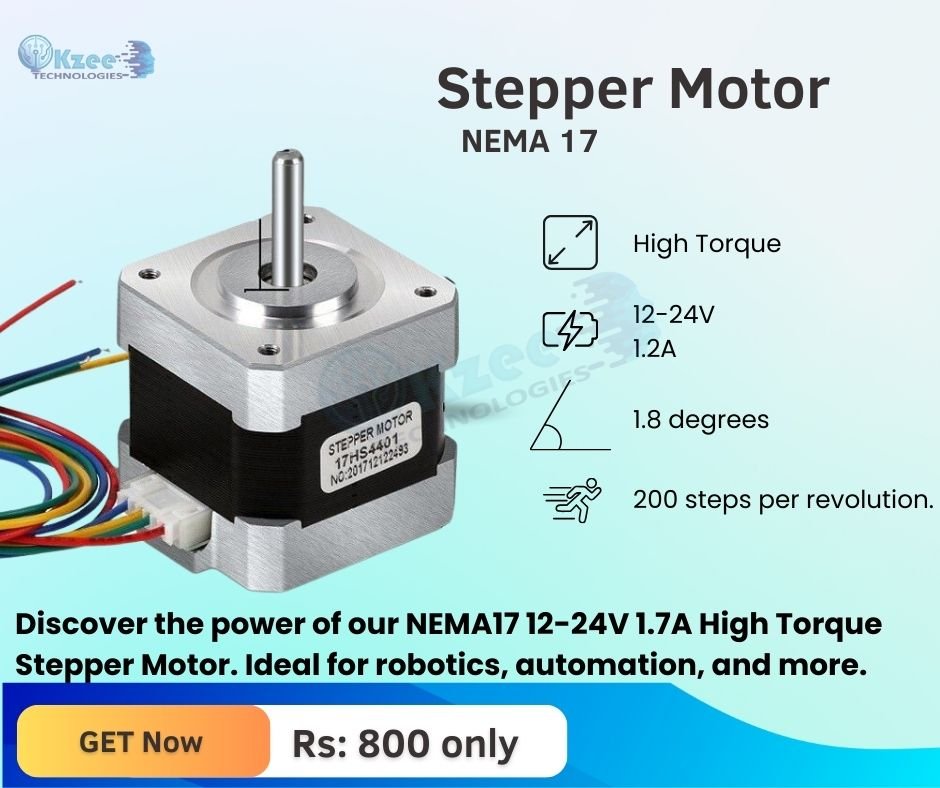
Wiring the Stepper Motor to Arduino
Follow these steps to connect your stepper motor to Arduino:
-
Connect the stepper motor to the driver board.
-
Connect the driver board’s input pins to Arduino’s digital pins.
-
Provide power (either from Arduino or an external source).
-
Ensure ground connections are common.
Programming the Stepper Motor in Arduino IDE
Here’s a basic code to control a stepper motor:
#include <Stepper.h>
#define STEPS 200
Stepper stepper(STEPS, 8, 9, 10, 11);
void setup() {
stepper.setSpeed(60);
}
void loop() {
stepper.step(200);
delay(1000);
stepper.step(-200);
delay(1000);
}
This code rotates the motor forward and backward every second.
Advanced Stepper Motor Control
-
Speed Control: Adjusting RPM dynamically.
-
Acceleration: Using libraries like AccelStepper.
-
Microstepping: Enhancing precision with A4988/DRV8825.
Using an External Power Supply
Stepper motors draw significant currents. Using an external power supply prevents overheating and power issues. Connect the motor’s power to an external source while ensuring the ground is shared with Arduino.
Controlling Multiple Stepper Motors
For dual motor control, use multiple drivers and adjust the code accordingly:
#include <AccelStepper.h>
AccelStepper stepper1(AccelStepper::FULL4WIRE, 8, 9, 10, 11);
AccelStepper stepper2(AccelStepper::FULL4WIRE, 4, 5, 6, 7);
void setup() {
stepper1.setMaxSpeed(500);
stepper2.setMaxSpeed(500);
}
void loop() {
stepper1.runSpeed();
stepper2.runSpeed();
}
Common Issues and Troubleshooting
-
The motor is not moving. Check the wiring and connections.
-
Overheating: Reduce current or improve cooling.
-
Skipping steps: Use micro-stepping and increase torque.
Applications of Stepper Motors with Arduino
-
3D Printing: Controlling extruder and bed movement.
-
CNC Machines: High-precision cutting and engraving.
-
Robotics: controlling arms and wheels.
-
Automation: Home automation, conveyor belts, etc.
Best Practices for Efficient Stepper Motor Control
-
Use a dedicated power source.
-
Implement acceleration and deceleration.
-
Utilize micro-stepping for smoother motion.
-
Keep wires short to reduce interference.
Can I run a stepper motor directly from an Arduino?
No, stepper motors require a dedicated driver due to high current demands.
What power supply should I use?
It depends on your motor. Small motors work with 5V, while larger ones may need 12V-24V.
How do I control stepper speed?
Use the setSpeed() function or libraries like AccelStepper for smooth control.
Why is my stepper motor skipping steps?
Possible reasons include low current, incorrect wiring, or insufficient torque.
Can I use multiple stepper motors with one Arduino?
Yes, but you’ll need additional drivers and power considerations.
What’s the difference between uni-polar and bi-polar stepper motors?
Unipolar motors are easier to drive, but bipolar motors provide better torque and efficiency.
Conclusion
Controlling a stepper motor with Arduino opens up a world of possibilities in automation, robotics, and DIY electronics. By understanding the components, wiring, and programming techniques, you can create precise and efficient motor control systems for your projects.

